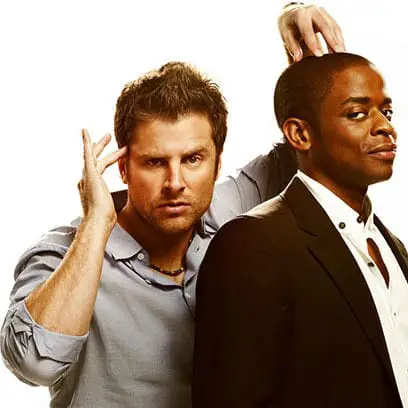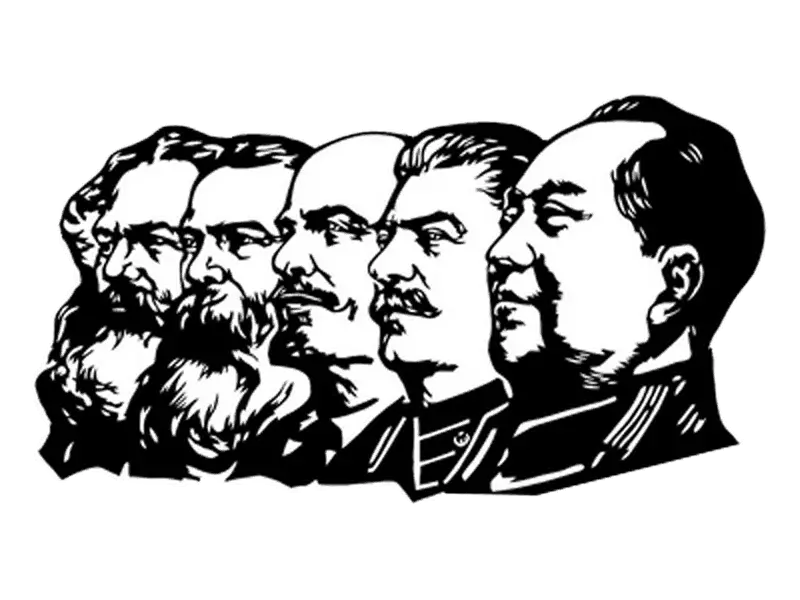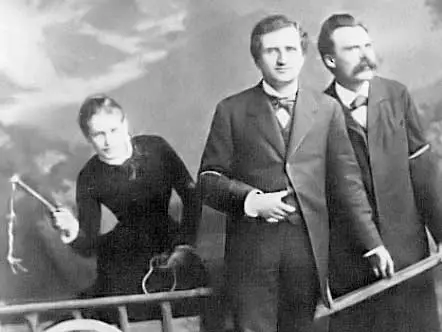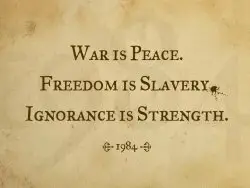Paradox of choice – part 2


Paradox of choice – part 2 | [amazon asin=149151423X&text=Amazon]
Let’s make one thing clear from the start: there is not necessarily a correlation, much less a causation, between the two conclusions reached. And to my knowledge, Schwartz does not say explicitly that there is a correlation or causation. Nevertheless, various media have gone to the conclusion that it is paralysis that leads to/causes our dissatisfaction. Doing so, they have tried to prove that there is no paralysis, and from that point to prove that we are not walking out dissatisfied!
One among many such quick ‘studies’ is an article in The Atlantic by Derek Thompson. Thompson rightly points out that there are numerous studies disproving the paradox of choice; but it does so only on the first premise of paralysis:
“when shoppers are given a take-it-or-leave it option, it makes them more interested in searching for comparisons. The paradox of choice theory assumes that too many similar options — e.g.: multiple varieties of Belgian dark chocolates, or many kinds of jam with strawberry as a main ingredient — confuse what we’re really looking for”
This may indeed be the case, but strictly speaking this is not the paradox of choice. The paradox is in the satisfaction that choice is supposed to give us, but it does not. Schwartz criticises our claim towards more choices as a cause for happiness – and his research shows that there is not more happiness from choice, but quite the opposite.
The second point of critique towards the article is the easy conclusion that ‘more is more’ – opposed to Schwartz’ conclusion ‘less is more’. The problem is precisely that the comparison between products is twisted. Too few choices or too many choices all depend on the type of product and the type of consumer you are trying to reach. Selling jam (Thompson’s example) in the supermarket does not make us want to compare – I like cherry jam, whether there are 5, 20 or 20.000 kinds of jam in the store, as long as there is no cherry jam, I will not consider buying jam. This is quite the opposite of a breadmaker (another example of Thompson) – whether I buy one, again, does not depend on whether there is another one, but on the need, desire, life-style, etc.
Both examples are also telling of Schwartz actual point with the paradox of choice. If I decide to buy strawberry jam, because there is no cherry jam out of the 20.000 other flavours, I may possible indeed be ‘unhappy’ while having breakfast. This does not apply to the second example. If the breadmaker ends to be too much of a hassle, I am equally unhappy with the purchase, but for very different reasons. In this case, it wasn’t the choice that made me unhappy, but the idea of a breadmaker as such.
So while Thompson is right in pointing out there are problems with the paradox of choice, he is wrong on the reasons. The problem is in fact in misunderstanding of what the actual paradox is. To recount the previous conclusion:
“it is not choice that leads to paralysis as such – strictly speaking, choice is only possible precisely when there is as differentiation to be made. It is the moment when that differentiation is blurred (one wants to say a lack of choice despite there being numerous objects) that leads to paralysis”
And what else can we say when there are 20.000 pots of jam than lack of differentiation – it’s just jam! In this way, we can say that we do not want to have too much choice, and when we have too much of it, we will be dissatisfied with the choice made.
Part 1: Paradox of choice, Buridan’s ass, and a recommendation on jeans.









2 Responses
[…] Part 2: Paradox of choice in The Atlantic. […]
[…] written on the paradox of choice (part 1 and part 2), it has come to my attention that there is a confusion between that paradox and paradox of […]